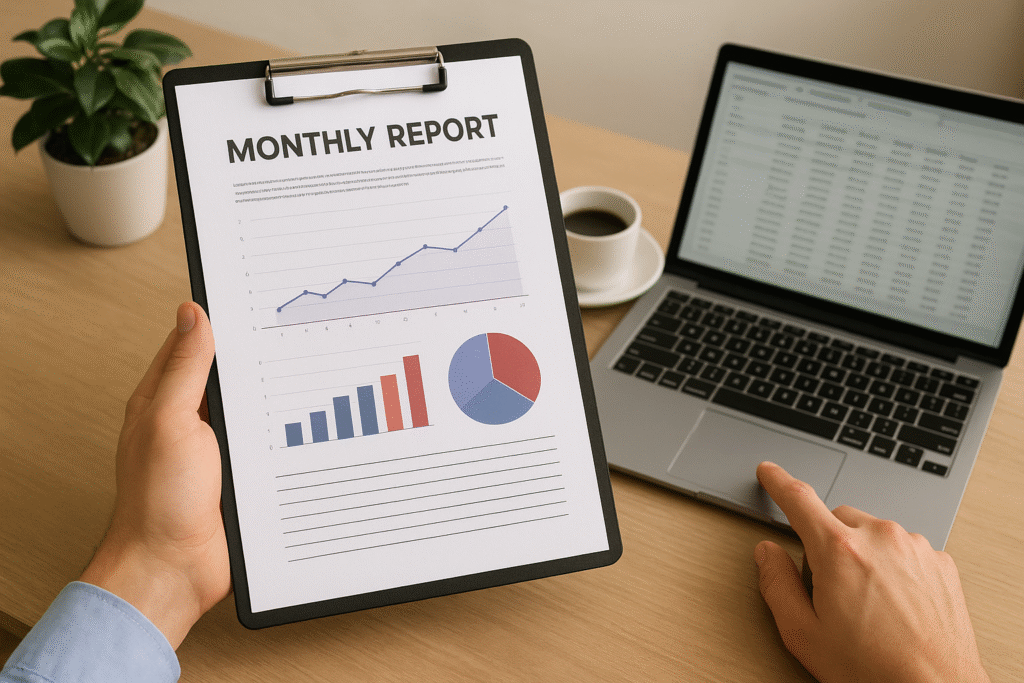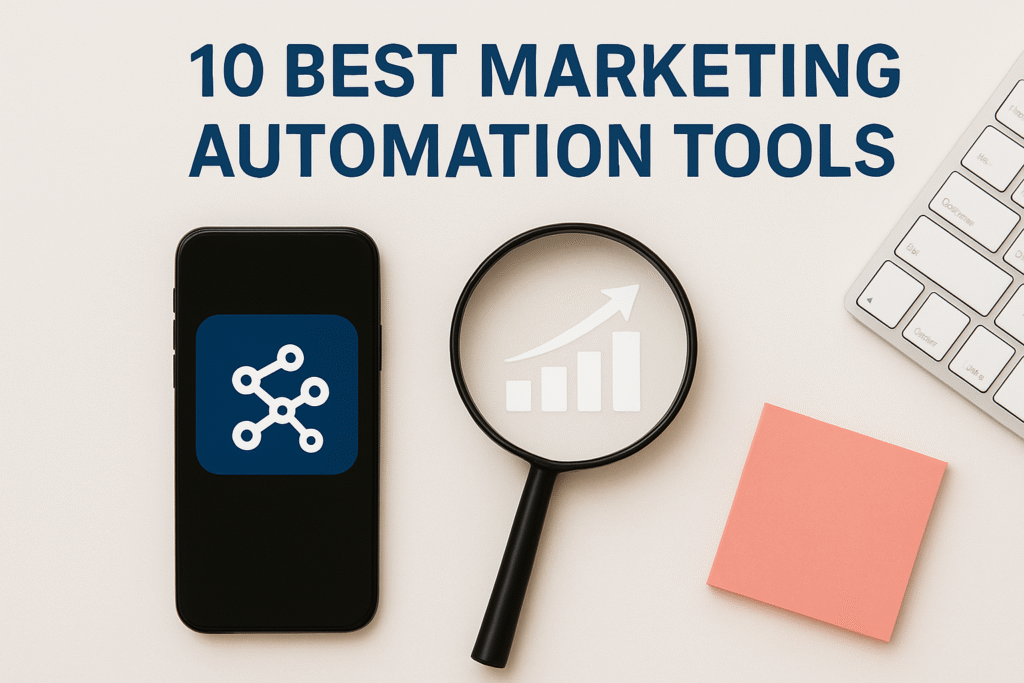How Auto Repair Shops in Phoenix Use Chatbots to Automate Local Leads
Quick Summary: What This Blog Covers This blog explores how auto repair shops in Phoenix use chatbots to automate local lead generation, streamline communication, and enhance customer experience. It covers the importance of automation in a competitive market, step-by-step chatbot setup, CRM integrations, personalization techniques, and performance tracking. Real-world examples and data-driven insights reveal how chatbots save time, boost conversions, and build long-term customer loyalty for local auto shops. Introduction If you run an auto repair business in Arizona, you already know that Phoenix’s market is crowded with competition. From independent garages to national chains, everyone’s fighting for attention online. But here’s the truth: local car owners don’t want to fill out long forms or wait for call-backs—they want instant answers. That’s where automation comes in. This is how auto repair shops in Phoenix use chatbots to automate local leads and win over customers in real time, while saving hours every week in manual admin work. “Stat: Businesses that use chatbots for local lead generation see an average 67% improvement in conversion rates within three months.” Source: Drift Conversational Marketing Report The modern customer journey is fast and conversational—and chatbots bridge the gap between inquiry and appointment seamlessly. Why Automation Matters in Phoenix’s Auto Industry Phoenix has more than 1,800 registered auto repair businesses, making it one of the most competitive service markets in the U.S. Customers often choose the shop that responds first, not necessarily the one that’s cheapest. That’s why automation tools like chatbots are transforming the local marketing landscape. A chatbot can: Capture leads 24/7, even when staff is unavailable Book appointments automatically via integration with calendars Answer FAQs like “What’s your labor rate?” or “Do you offer oil change specials?” Follow up with previous customers for maintenance reminders “Pro Tip: In local service industries, 42% of new customers choose the first business that responds to their inquiry.” Source: HubSpot Research The faster you respond, the higher your conversion rate. Understanding the Power of Local Chatbots Local SEO and automation are not separate disciplines—they work together. For auto repair shops in Phoenix, chatbots act as the connective tissue between local search visibility and customer conversion. Here’s how: A customer searches “auto repair near me” on Google. They visit your site after seeing positive reviews. A chatbot pops up instantly, offering “Book an inspection today.” Within seconds, the customer is in your system—no human intervention needed. “Stat: 81% of consumers prefer messaging a business over calling or emailing.” Source: Facebook IQ That immediacy gives your shop a significant competitive edge in a saturated market like Phoenix. Step 1: Choosing the Right Chatbot Platform Not all chatbot tools are created equal. The best ones for local auto repair businesses integrate seamlessly with websites, Google Business Profiles, and CRMs. Some popular platforms include: ManyChat: Great for connecting chatbots to Facebook and Instagram. Tidio: Combines live chat with automation and supports appointment scheduling. Drift: Ideal for B2B lead qualification but works for auto shops, too. Intercom: Offers deep CRM integration and personalized messaging. “Pro Tip: Choose chatbot software that integrates directly with Google Business Messages for faster lead routing.” Source: Google Business Messages This ensures your chatbot can communicate with customers directly from search results, not just your website. Step 2: Setting Up Local Chatbot Triggers Automation only works when it’s strategically designed. Successful auto repair shops in Phoenix use chatbots to automate local leads by setting up smart triggers. Common triggers include: Time-based triggers: “Hey, it looks like we’re closed right now, but you can book an appointment for tomorrow!” Page-based triggers: If a visitor is on your brake repair page for 15 seconds, the bot asks, “Need your brakes inspected this week?” Exit-intent triggers: Before a user leaves, the bot offers a discount code or free inspection coupon. These triggers turn passive visitors into qualified leads without interrupting their browsing experience. Step 3: Integrating Chatbots with CRM and Email Workflows Automation becomes powerful when data flows between tools. Integrating your chatbot with your CRM or email marketing platform helps you: Segment leads by service type (oil change, transmission, AC repair, etc.) Send automatic follow-ups Track lead source (Google, Facebook, or direct site visit) Build remarketing audiences Tools like Zapier or HubSpot CRM make these integrations seamless. “Stat: Businesses that integrate chatbots with CRM systems experience 3.5x faster lead qualification.” Source: Salesforce By automating the post-chat process, you ensure every lead is nurtured automatically. Step 4: Personalizing the Chatbot Experience Automation doesn’t mean robotic responses. The best-performing chatbots sound human and use local context to connect with Phoenix audiences. Example script: “Hey there! We’ve helped over 500 Phoenix drivers this month keep their cars in top shape. Want to schedule your inspection today?” Personal touches like location mentions (“serving downtown Phoenix and Tempe”) and weather-related reminders (“It’s heating up—time for an AC check?”) make your chatbot relatable. “Pro Tip: Using localized content within chatbots increases conversion rates by 28%.” Source: Think with Google Step 5: Using Chatbots for Customer Retention Chatbots aren’t just for lead generation—they’re excellent retention tools. Once customers are in your system, your bot can: Send maintenance reminders Offer seasonal promotions (“$10 off oil change in August”) Collect reviews via Google Business Profile Upsell services like tire alignment or diagnostics “Stat: Returning customers spend 33% more per visit than new ones.” Source: Bain & Company By automating retention campaigns, auto repair shops build loyalty without constant manual marketing. Step 6: Measuring Chatbot Performance You can’t optimize what you don’t measure. Set up KPIs to track your chatbot’s success, such as: Number of new leads generated Conversion rate from chat to appointment Average response time Cost per lead Platforms like Google Analytics 4 and Meta Business Suite allow detailed performance tracking across channels. “Pro Tip: A well-optimized chatbot can reduce customer service workload by 40% and boost ROI across paid campaigns.” Source: Zendesk Real Example: A Phoenix Garage Boosts Leads by 54% A mid-sized Phoenix auto repair shop integrated Tidio and HubSpot to automate customer communication. Within
How Auto Repair Shops in Phoenix Use Chatbots to Automate Local Leads Read More »










